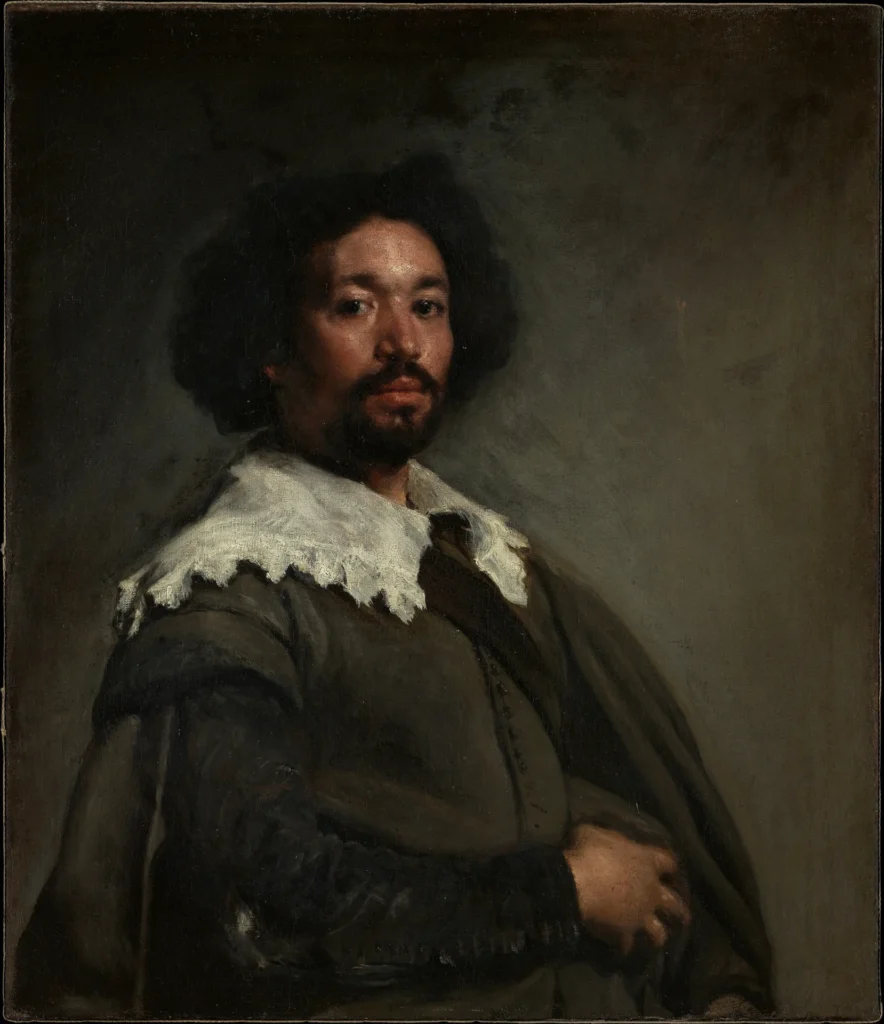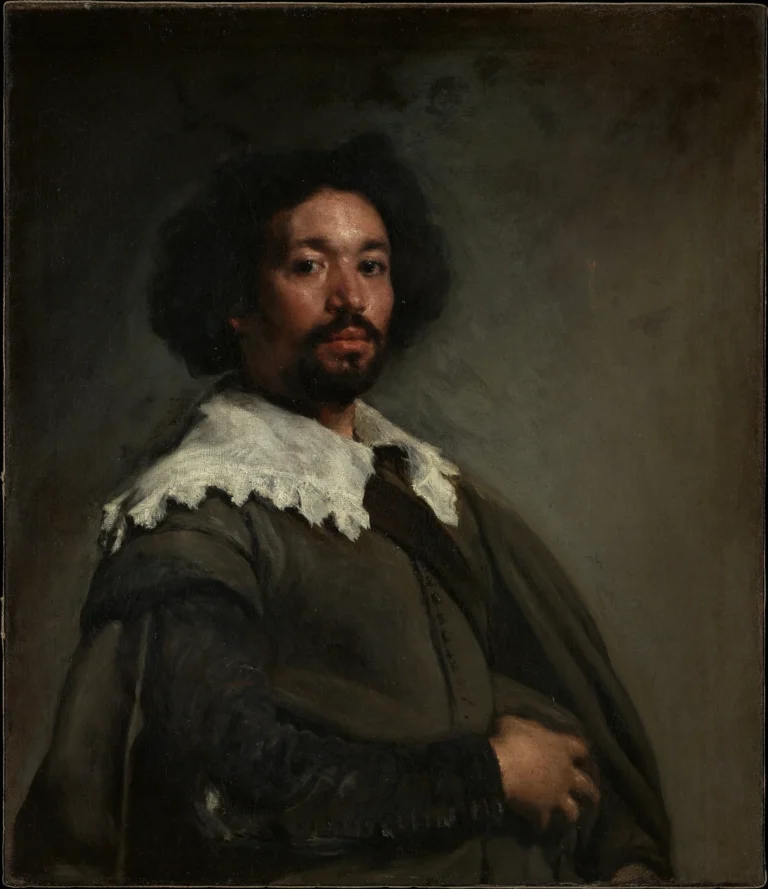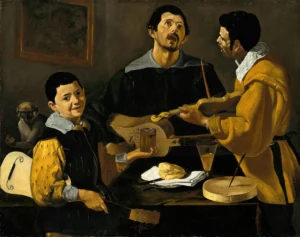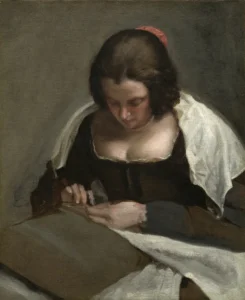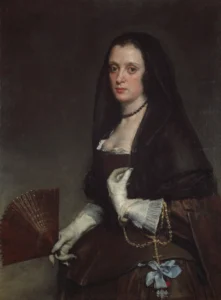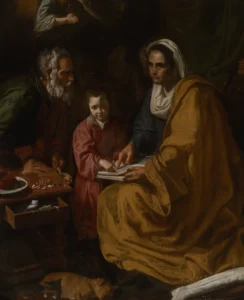Juan de Pareja (1650)
Created by the renowned Spanish artist Diego Velázquez in 1650, the 'Portrait of Juan de Pareja' depicts the dignified likeness of Juan de Pareja, an enslaved man of Moorish descent and a talented painter in his own right. Painted during Velázquez's visit to Rome, this artwork stands out for its realism and the emotional depth achieved through masterful chiaroscuro techniques. The intense gaze and detailed attire of Pareja are complemented by the muted background, establishing the subject's significance. This extraordinary piece not only marks a critical moment in art history but also highlights the untold stories of enslaved individuals who shaped the artistic landscape of their time.
Year 1650
About the Artwork
The 'Portrait of Juan de Pareja' is steeped in rich historical significance, both as a piece of art and as a narrative of personal and cultural identity. Painted while Velázquez was in Rome—where he traveled in 1649 for artistic acquisitions—the portrait marks a pivotal moment for both artist and subject. Juan de Pareja, born around 1610, was enslaved yet gifted, working as Velázquez's assistant. The portrait's creation served multiple purposes: it was a practice for the artist's future work, most notably the portrait of Pope Innocent X. Velázquez's technique in this painting is remarkable as it shines a light on Pareja's dignity, breaking traditional boundaries regarding representation of enslaved people. Following its exhibition, the painting changed hands among private collectors until it was acquired by the Metropolitan Museum of Art in 1971, cementing its status as a timeless masterpiece in the art world.
Did You Know
This painting is historically significant as it is considered the earliest known portrait of a Spanish man of African descent, breaking societal norms of the time regarding representation.
Velázquez created the portrait as a preparatory study for his later, more famous work, the portrait of Pope Innocent X, utilizing it to refine his techniques in capturing the essence and character of his subjects.
After being granted his freedom by Velázquez in 1654, Juan de Pareja became an accomplished painter in his own right, establishing a distinct style that contributed to the rich tapestry of Spanish art.




